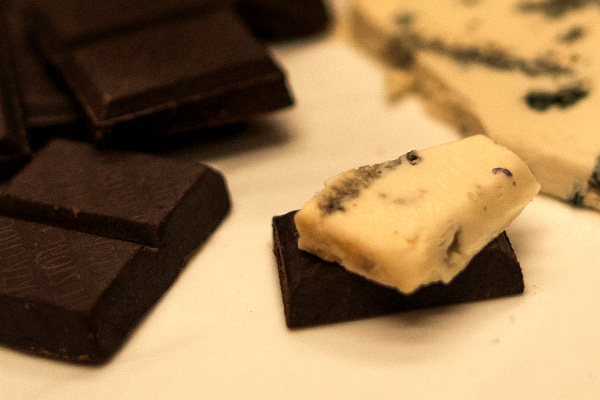Fresh fruits provide a sweet, refreshing complement to all types of cheese, especially younger, fresher cheeses and soft-ripened varieties. Dried fruits add rich, intense flavors and textures that marry beautifully with heartier, more aged cheese varieties.
Good fresh fruits to pair with your cheese include: berries, grapes, apples, pears, melons, cherries, peaches and figs.
Dried fruit options include: apricots, mangos, dates, figs, pineapple, and cherries.
Try some Chevre Cheese with Fresh Cherries:
- The sweetness of the cherries is a great match to the sharp tanginess of goat cheese:
Sharp Aged Cheddar Cheese and Apples:
- The sharp taste of an aged cheddar cheese alongside a sweet, tart, apple. Simply put a slice of sharp cheddar on top of a slice of crisp apples, and you’ll be in for a delicious treat.
Blue Cheese and Peaches:
- Blue cheese is sharp, salty and pungent, which makes it a great cheese to pair with sweet, juicy, and slightly tangy peaches.
Gouda Cheese and Pears:
- An aged Gouda with its semi hard texture, caramel sweetness and slight crunchiness, pairs great with the crisp, sweet and citrus flavor notes of d’Anjou pears.








